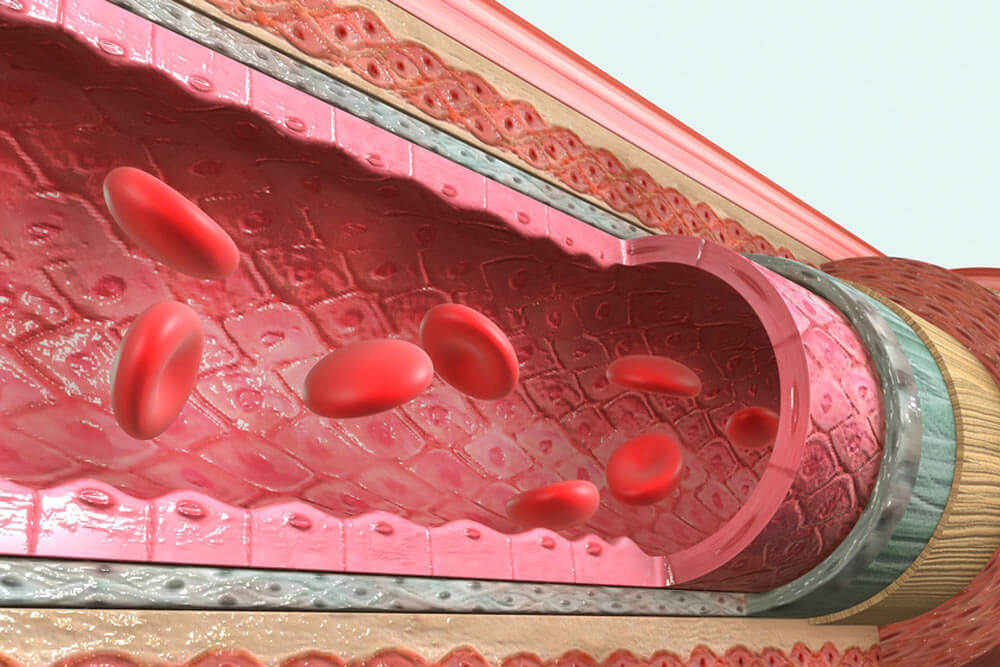Giant cell arteritis encompasses two distinct disorders, both causing severe inflammation in the affected arteries. Though both disorders are rare, they can cause damage to your arteries that lasts for years and can lead to serious consequences.
RARE, BUT CAN HAVE SERIOUS CONSEQUENCES
TEMPORAL ARTERITIS affects about 20 in every 100,000 women over age 50 each year. Untreated, temporal arteritis can lead to impaired vision or blindness.
TAKAYASU’S ARTERITIS affects about 5 in every 1 million women each year, most frequently young Asians. Takayasu’s arteritis affects the arteries to the arms, brain and abdominal organs and, if severe, can lead to stroke.
Symptoms
SUDDEN FLU-LIKE SYMPTOMS
Both temporal arteritis and Takayasu’s arteritis have an acute flu-like phase that can last several weeks.
HEADACHE, VISION CHANGES, JAW & JOINT PAIN
Temporal arteritis can cause headache, changes in vision, jaw pain while eating, and arthritis of the jaw, neck, shoulders and hips (polymyalgia rheumatic).
PAIN IN ARMS OR ABDOMEN, HIGH BLOOD PRESSURE
Takayasu’s arteritis causes artery narrowing and you may feel pain in your arms or abdomen. You may also experience high blood pressure.
Causes
The cause of giant cell arteritis is unknown. Because both temporal arteritis and Takayasu’s arteritis tend to affect women of a specific age and ethnic background, both hormonal and genetic causes are thought to play a role.
Diagnosis
See a vascular surgeon
Women age 50+ and young Asian women who experience the symptoms outlined above should see a vascular surgeon for evaluation. You will be asked questions about symptoms and medical history, including questions about family members. The vascular surgeon will also perform a physical exam.
TESTS MAY BE RECOMMENDED
A CT scan, MRI or angiogram may be recommended to look for characteristic artery narrowing.
A blood test may be recommended to look for signs of vessel inflammation.
In the case of temporal arteritis, biopsies are often performed on the arteries in the temple areas of the forehead.
Treatments
Both disorders are primarily treated with steroid medication.
- For temporal arteritis steroid medication is usually the only treatment needed.
- Additional immunosuppressive medication may be necessary for Takayasu’s arteritis.
- You may be able to stop steroid treatments after several months. However, these disorders can recur and long-term steroid treatment may be required.
IF FURTHER TREATMENT IS NEEDED
- In rare cases of temporal arteritis, surgery is needed to repair the arteries.
- With Takayasu’s arteritis, stenting or surgery is more commonly needed.
Staying Healthy
There is no known way to prevent giant cell arteritis. The key to a good outcome is early diagnosis and treatment. Women age 50+ and young Asian women should be attentive to the symptoms outlined above and seek medical help if they develop.
